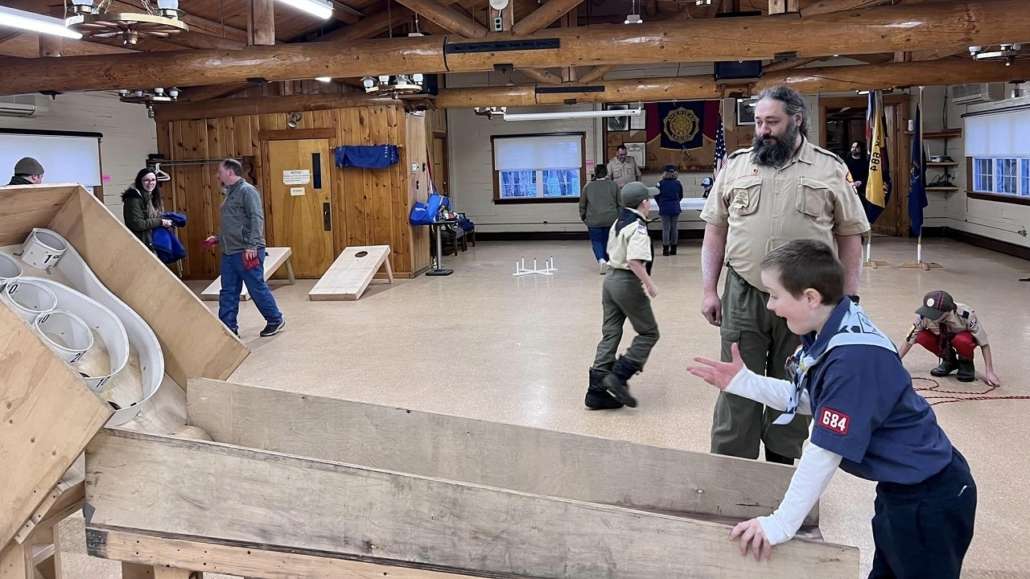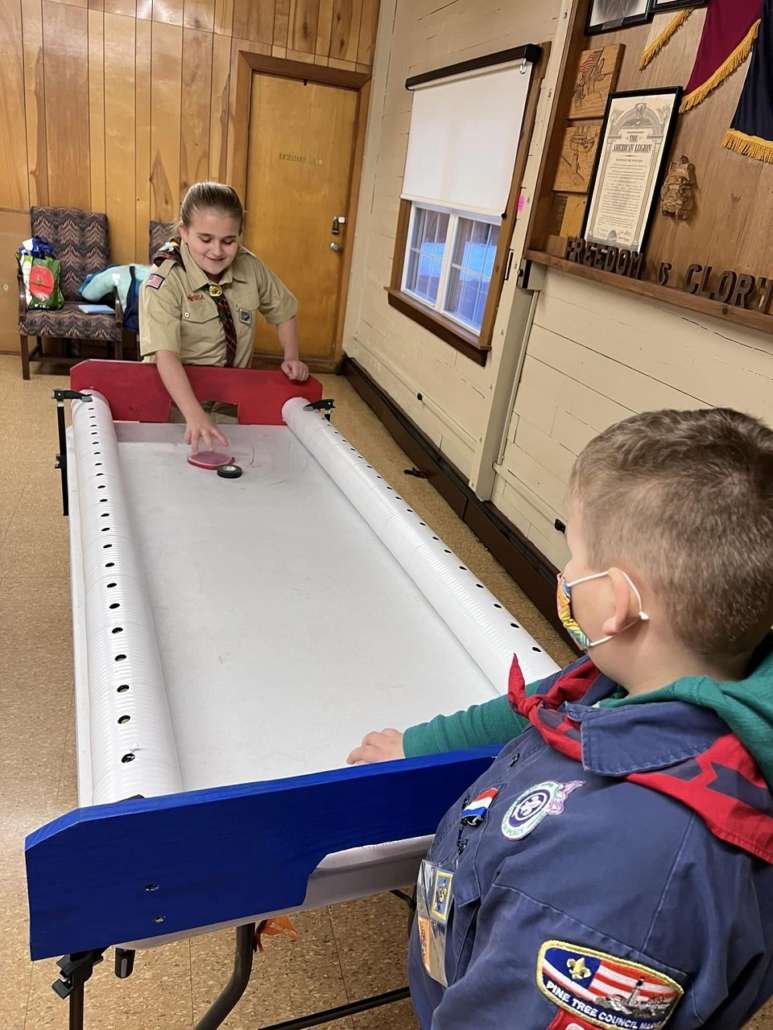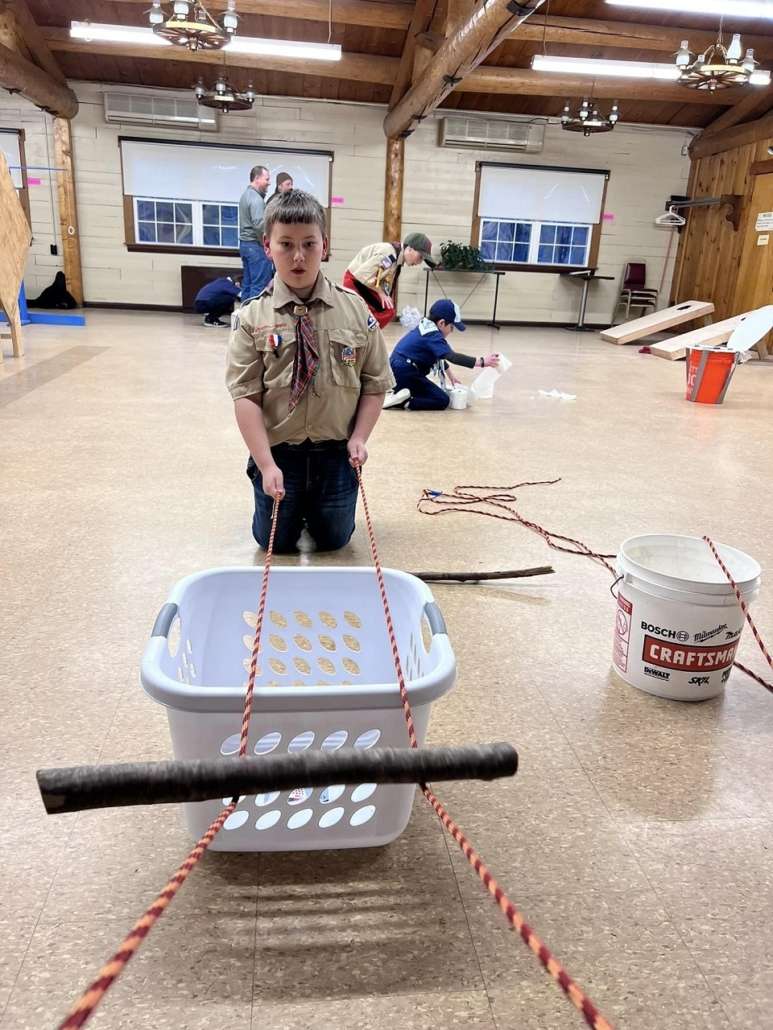THE BEST VIEW: Cotton candy

 by Norma Best Boucher
by Norma Best Boucher
I bought cotton candy today…in a bag. That’s right – that’s what I said – in a BAG. I was standing in line at a gas station store when I spied the blue spun sugar treat. Suddenly, I was bombarded with childhood memories of fairs, carnivals, Gene Autry, Annie Oakley and Rin Tin Tin.
By the time I had reached the check out, I had relived my cotton candy youth. I grabbed a bag of the blue minutely thin strands of sugar glass, paid for the bag and my diet drink refill, and ran to my car.
Childhood treasures, even cotton candy, must be guarded.
To eat or not to eat – that was the question.
I tore open the bag with my teeth, ripped off a chewing tobacco size lump of blue fluff, and popped it into my mouth. Pure sugar never tasted so good.
When I was young, my father took my mother, my Aunt May, my cousin Ann, and me to the fairs. We went to the Bangor, Skowhegan, and Windsor fairs. We all started out with a couple of dollars. Mamma and May played Bingo and won prizes. Ann and I rode the rides. Dad played the gambling games to pay for our fun. When we ran out of money, we went to him for another dollar and another dollar. I don’t remember all of the games, but I do remember the mouse game because I played it once as an adult. The mouse went to the slots after the cheese. I watched to see when the cheese ran out and won when there was only one hole left with cheese. I guess that was cheating, like counting cards, but there was only a small prize won and the fun of winning. I knew then how my father must have felt.
By the end of the night, Dad usually either broke even or was ahead in money.
Ann and I bought our cotton candy to eat on the way home in the car because if we had eaten earlier, we would have had sticky mouths and fingers for the fair. Our cotton candy was spun onto paper cones and puffier than what I had bought at the store in a bag. Our teeth and mouths were blue from the food coloring.
In the summers, carnivals came to Waterville, my hometown. These carnivals set up on the grounds at the old Colby College campus field house on College Avenue. There was an array of rides such as the Tilt-A-Whirl and the Ferris wheel, but my favorite ride was the swings. I had a love/ fear relationship with those swings. We were chained into child-like box seats that were connected by stronger chains to the top of the ride. When the ride was in motion, we swung out over the terrain. The Colby grounds were on the shoreline of the Kennebec River. Although we were always over solid land, we had the feeling we were flying over the river. At night the view was quite spectacular with the multi-colored carnival lights shining off the fast-flowing river. My fears dissipated with that shimmering view.
To amuse us on our walk back home on Elm Court, we all had cotton candy, blue teeth and mouths, and sticky fingers.
One of my most memorable childhood memories was in the mid 1950s when television series stars Gene Autry, Annie Oakley, and Rin Tin Tin came to that old Colby campus field house. I was about eight years old. One TV star would have been wonderful, but all three TV show stars was almost too exciting. So many young, hyper, screaming children in one building is almost too much to imagine now. We were well-behaved in those days, but we let loose when applause time came. No one had to hold up a sign to tell us to applaud. Television was new, in our living rooms, and now live on stage in our own hometown.
Cotton candy, once again, completed our happiness.
By now I had eaten half of that bag of cotton candy. With sticky fingers I pulled open the visor mirror and peered in. Yes…blue teeth and mouth.
The bag read, “No fats, no cholesterol, no sodium” – just 28 grams of sugar and cotton candy memories.
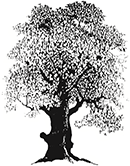

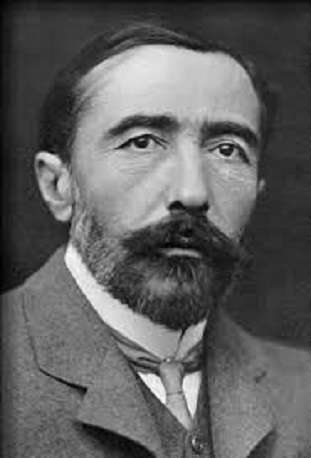

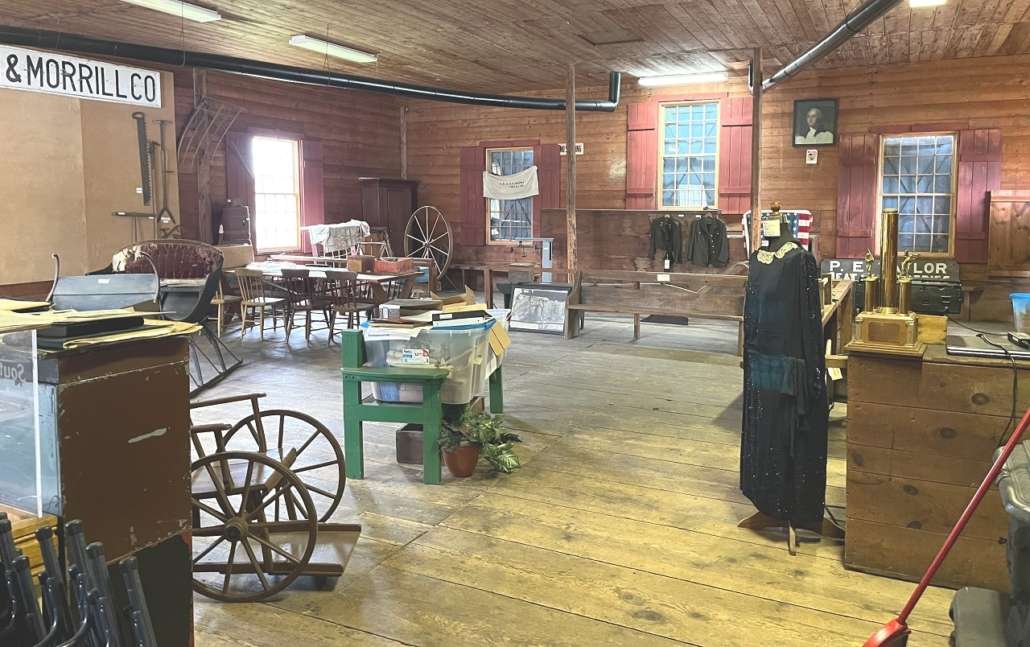
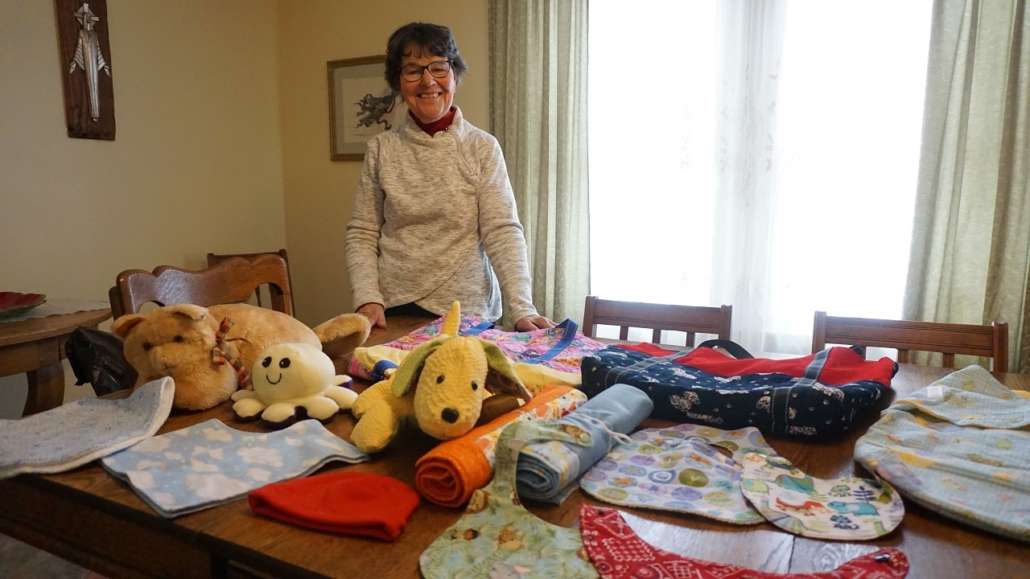
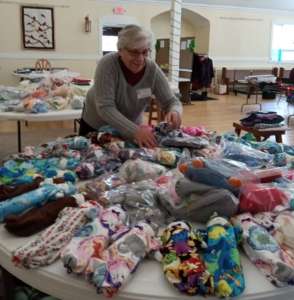


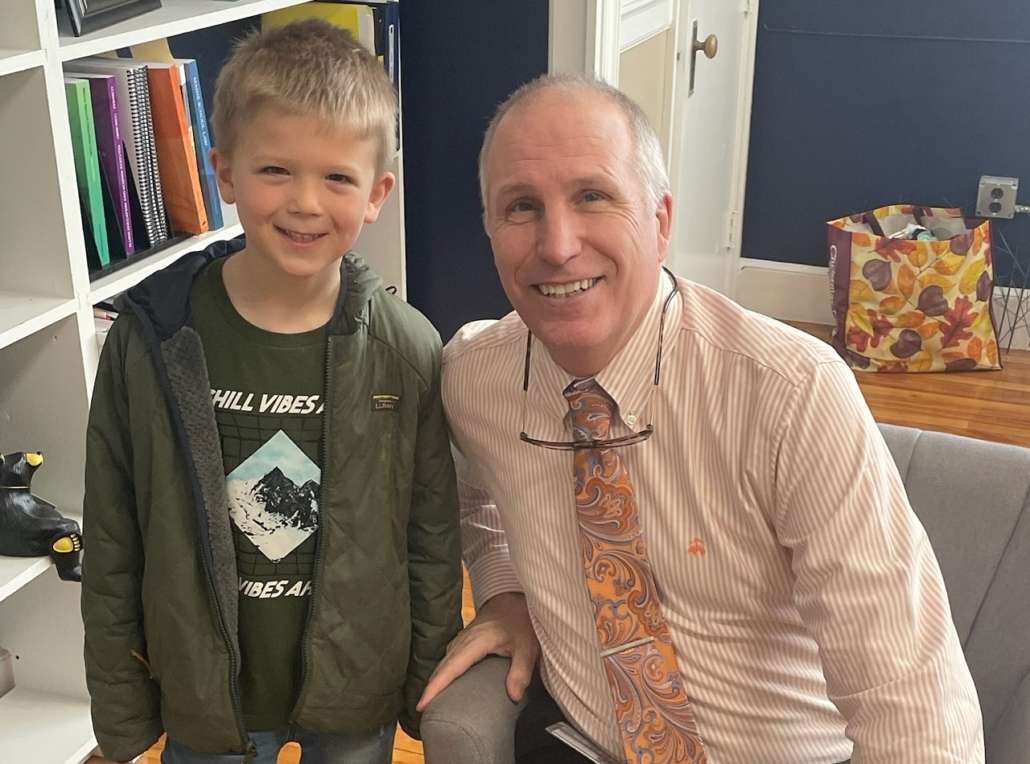


 Who was the last Boston Celtics player to be named the NBA Most Valuable Player?
Who was the last Boston Celtics player to be named the NBA Most Valuable Player?